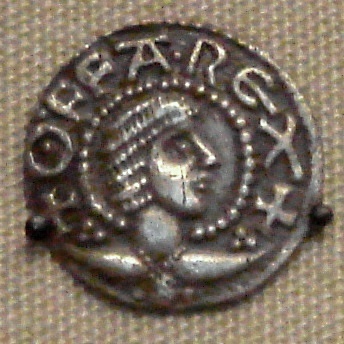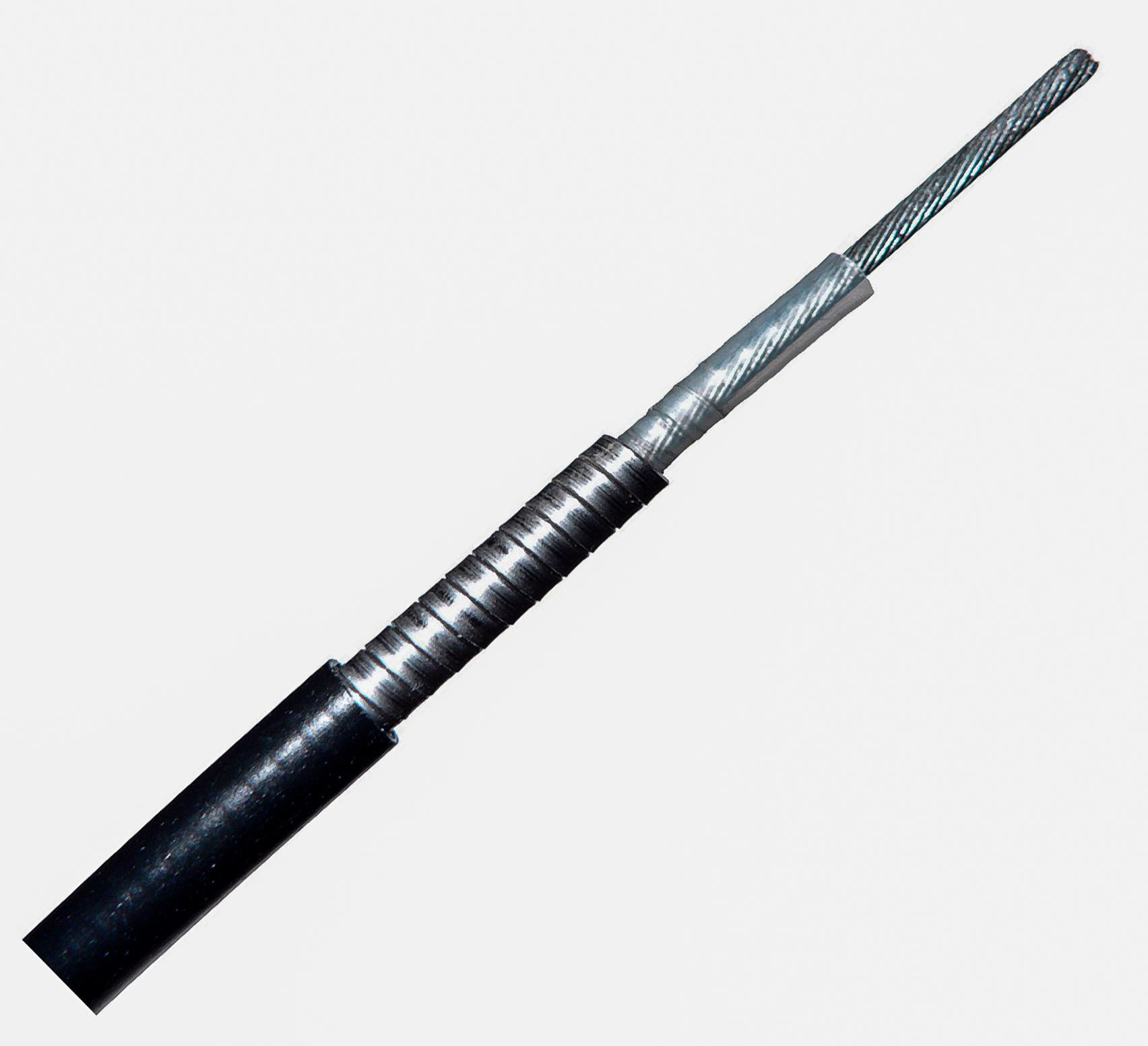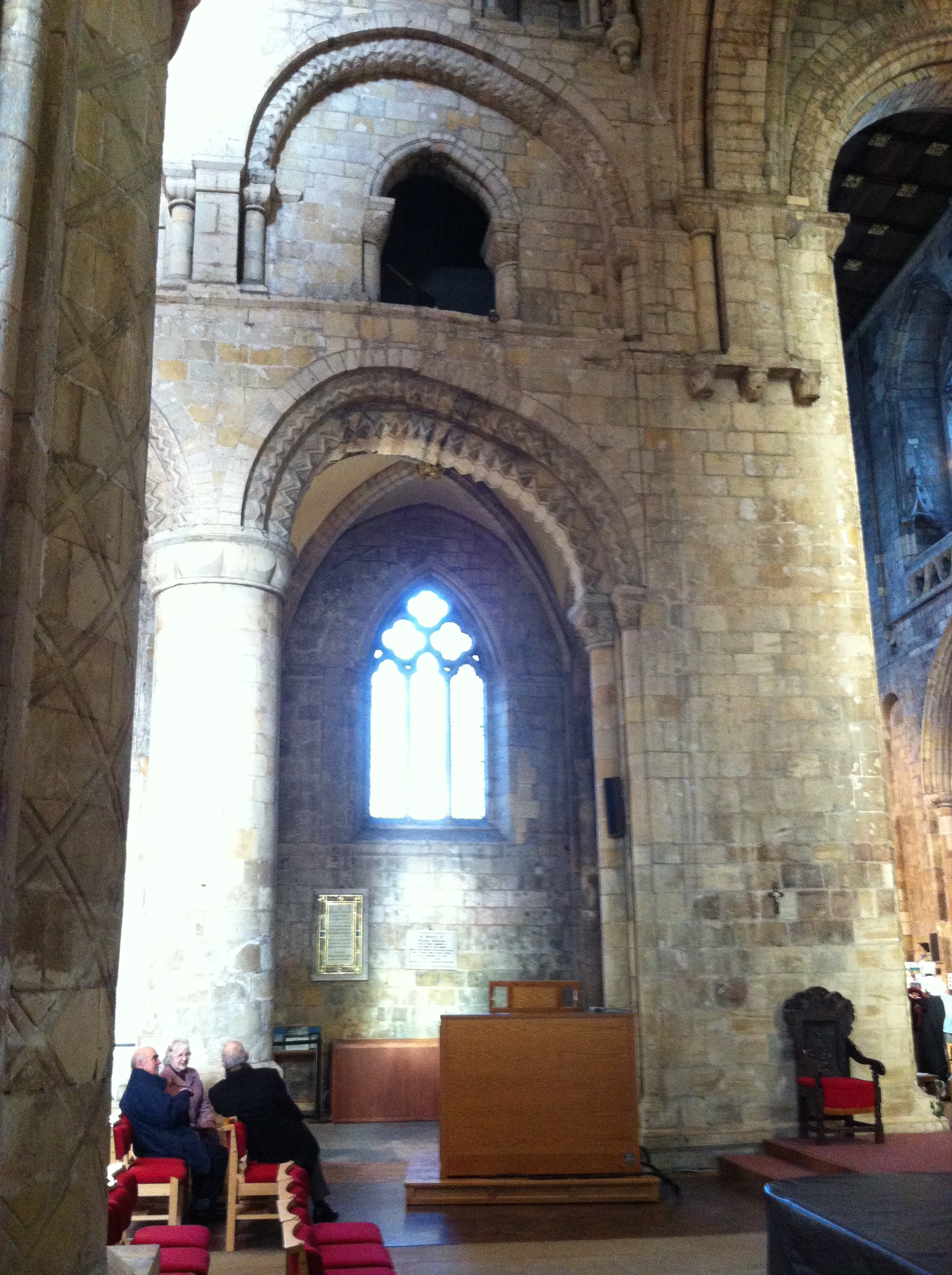|
Packington Hall, Staffordshire
Packington Hall () in Staffordshire was an English country house designed by architect James Wyatt in the 18th century. Originally built for the Babington family, it became the home of the Levett family of Wychnor Hall, in that same county, until the first half of the twentieth century. The Levetts had ties to Whittington, Staffordshire and nearby Hopwas for many years. History Packington Hall, approximately two miles from Lichfield, was likely built for Zachary Babington whose daughter Mary Babington married Theophilus Levett, town clerk of Lichfield. It was passed down through family members including the Rev. Thomas Levett, vicar of Whittington. Packington Hall passed to a junior branch of the Levett family of Wychnor Hall; Robert Thomas Kennedy Levett's elder brother, Theophilus John Levett, inherited Wychnor. Members of the family served as High Sheriff of Staffordshire. The several Levett byways in Lichfield are named for the family. The last member of the Levett famil ... [...More Info...] [...Related Items...] OR: [Wikipedia] [Google] [Baidu] |
Lichfield
Lichfield () is a cathedral city and civil parish in Staffordshire, England. Lichfield is situated roughly south-east of the county town of Stafford, south-east of Rugeley, north-east of Walsall, north-west of Tamworth and south-west of Burton Upon Trent. At the time of the 2011 Census, the population was estimated at 32,219 and the wider Lichfield District at 100,700. Notable for its three-spired medieval cathedral, Lichfield was the birthplace of Samuel Johnson, the writer of the first authoritative ''Dictionary of the English Language''. The city's recorded history began when Chad of Mercia arrived to establish his Bishopric in 669 AD and the settlement grew as the ecclesiastical centre of Mercia. In 2009, the Staffordshire Hoard, the largest hoard of Anglo-Saxon gold and silver metalwork, was found south-west of Lichfield. The development of the city was consolidated in the 12th century under Roger de Clinton, who fortified the Cathedral Close and also laid ou ... [...More Info...] [...Related Items...] OR: [Wikipedia] [Google] [Baidu] |
Grade II Listed Buildings In Staffordshire
Grade most commonly refers to: * Grade (education), a measurement of a student's performance * Grade, the number of the year a student has reached in a given educational stage * Grade (slope), the steepness of a slope Grade or grading may also refer to: Music * Grade (music), a formally assessed level of profiency in a musical instrument * Grade (band), punk rock band * Grades (producer), British electronic dance music producer and DJ Science and technology Biology and medicine * Grading (tumors), a measure of the aggressiveness of a tumor in medicine * The Grading of Recommendations Assessment, Development and Evaluation (GRADE) approach * Evolutionary grade, a paraphyletic group of organisms Geology * Graded bedding, a description of the variation in grain size through a bed in a sedimentary rock * Metamorphic grade, an indicatation of the degree of metamorphism of rocks * Ore grade, a measure that describes the concentration of a valuable natural material in the surroundin ... [...More Info...] [...Related Items...] OR: [Wikipedia] [Google] [Baidu] |
Listed Buildings In Swinfen And Packington
Swinfen and Packington is a civil parish in the district of Lichfield, Staffordshire, England. It contains twelve buildings that are recorded in the National Heritage List for England. Of these, one is listed at Grade II*, the middle of the three grades, and the others are at Grade II, the lowest grade. The parish contains the hamlet of Swinfen and the surrounding countryside. The listed buildings consist of three country houses An English country house is a large house or mansion in the English countryside. Such houses were often owned by individuals who also owned a town house. This allowed them to spend time in the country and in the city—hence, for these peopl ... and associated structures, farmhouses, and farm buildings. __NOTOC__ Key Buildings References Citations Sources * * * * * * * * * * * * * * {{DEFAULTSORT:Swinfen and Packington Lists of listed buildings in Staffordshire ... [...More Info...] [...Related Items...] OR: [Wikipedia] [Google] [Baidu] |
Tamworth, Staffordshire
Tamworth (, ) is a market town and borough in Staffordshire, England, north-east of Birmingham. The town borders North Warwickshire to the east and north, Lichfield to the north, south-west and west. The town takes its name from the River Tame, which flows through it. The population of Tamworth borough () was . The wider urban area had a population of 81,964. Tamworth was the principal centre of royal power of the Anglo-Saxon Kingdom of Mercia during the 8th and 9th centuries. It hosts a simple but elevated 12th century castle, a well-preserved medieval church (the Church of St Editha) and a Moat House. Tamworth was historically divided between Warwickshire and Staffordshire until 1889, when the town was placed entirely in Staffordshire. The town's industries include logistics, engineering, clothing, brick, tile and paper manufacture. Until 2001 one of its factories was Reliant, which produced the Reliant Robin three-wheeler car and the Reliant Scimitar sports car. The ... [...More Info...] [...Related Items...] OR: [Wikipedia] [Google] [Baidu] |
Birmingham
Birmingham ( ) is a city and metropolitan borough in the metropolitan county of West Midlands in England. It is the second-largest city in the United Kingdom with a population of 1.145 million in the city proper, 2.92 million in the West Midlands metropolitan county, and approximately 4.3 million in the wider metropolitan area. It is the largest UK metropolitan area outside of London. Birmingham is known as the second city of the United Kingdom. Located in the West Midlands region of England, approximately from London, Birmingham is considered to be the social, cultural, financial and commercial centre of the Midlands. Distinctively, Birmingham only has small rivers flowing through it, mainly the River Tame and its tributaries River Rea and River Cole – one of the closest main rivers is the Severn, approximately west of the city centre. Historically a market town in Warwickshire in the medieval period, Birmingham grew during the 18th century during the Midla ... [...More Info...] [...Related Items...] OR: [Wikipedia] [Google] [Baidu] |
Bowden Cable
A Bowden cable ( ) is a type of flexible cable used to transmit mechanical force or energy by the movement of an inner cable relative to a hollow outer cable housing. The housing is generally of composite construction, consisting of an inner lining, a longitudinally incompressible layer such as a helical winding or a sheaf of steel wire, and a protective outer covering. The linear movement of the inner cable is most often used to transmit a pulling force, although push/pull cables have gained popularity in recent years e.g. as gear shift cables. Many light aircraft use a push/pull Bowden cable for the throttle control, and here it is normal for the inner element to be a solid wire, rather than a multi-strand cable. Usually, provision is made for adjusting the cable tension using an inline hollow bolt (often called a "barrel adjuster"), which lengthens or shortens the cable housing relative to a fixed anchor point. Lengthening the housing (turning the barrel adjuster out) ti ... [...More Info...] [...Related Items...] OR: [Wikipedia] [Google] [Baidu] |
Selby Abbey
Selby Abbey is an Anglican parish church in the town of Selby, North Yorkshire, England. It is Grade I listed. Monastic history It is one of the relatively few surviving abbey churches of the medieval period, and, although not a cathedral, is one of the biggest. It was founded by Benedict of Auxerre in 1069 and subsequently built by the de Lacy family. On 31 May 1256, the Abbey was bestowed with the grant of a Mitre by Pope Alexander IV and from this date was a "Mitred Abbey". This privilege fell in abeyance a number of times, but on 11 April 1308, Archbishop William Greenfield confirmed the grant, and Selby remained a "Mitred Abbey" until the Dissolution of the Monasteries. Archbishop Walter Giffard visited the monastery in 1275 by commission, and several monks and the Abbot were charged with a list of faults including loose living, (many complaints referred to misconduct with married women). In 1279 Archbishop William de Wickwane made a visitation, and found fault with t ... [...More Info...] [...Related Items...] OR: [Wikipedia] [Google] [Baidu] |
Richmond, North Yorkshire
Richmond is a market town and civil parish in North Yorkshire, England, and the administrative centre of the district of Richmondshire. Historically in the North Riding of Yorkshire, it is from the county town of Northallerton and situated on the eastern edge of the Yorkshire Dales National Park, and is one of the park's tourist centres. The population of Richmond at the 2011 census was 8,413. The Rough Guide describes the town as 'an absolute gem'. Betty James wrote that "without any doubt Richmond is the most romantic place in the whole of the North East f England. Richmond was the winner of the Academy of Urbanism's "Great Town" award in 2009. History The town of Richemont, in Normandy (now in the Seine-Maritime département of the Upper Normandy region), was the origin of the place name Richmond. It is the most duplicated UK place name, with 56 occurrences worldwide. Richmond in North Yorkshire was the Honour of Richmond of the Earls of Richmond (or ''comtes de Richemon ... [...More Info...] [...Related Items...] OR: [Wikipedia] [Google] [Baidu] |
Clare College, Cambridge
Clare College is a constituent college of the University of Cambridge in Cambridge, England. The college was founded in 1326 as University Hall, making it the second-oldest surviving college of the University after Peterhouse. It was refounded in 1338 as ''Clare Hall'' by an endowment from Elizabeth de Clare, and took on its current name in 1856. Clare is famous for its chapel choir and for its gardens on "The Backs" (the back of the colleges that overlook the River Cam). Clare is consistently one of the most popular Cambridge colleges amongst prospective applicants. History The college was founded in 1326 by the university's Chancellor, Richard Badew, and was originally named ''University Hall''. Providing maintenance for only two fellows, it soon hit financial hardship. In 1338, the college was refounded as ''Clare Hall'' by an endowment from Elizabeth de Clare, a granddaughter of Edward I, which provided for twenty fellows and ten students. [...More Info...] [...Related Items...] OR: [Wikipedia] [Google] [Baidu] |
High Sheriff Of Staffordshire
This is a list of the sheriffs and high sheriffs of Staffordshire. The sheriff is the oldest secular office under the Crown. The sheriff was the principal law enforcement officer in the county but over the centuries most of the responsibilities associated with the post have been transferred elsewhere or are now defunct so that its functions are now largely ceremonial. From 1204 to 1344 the High Sheriff of Staffordshire also served as Sheriff of Shropshire. Under the provisions of the Local Government Act 1972, on 1 April 1974 the office previously known as sheriff was retitled high sheriff. The high sheriff changes every March. Sheriffs 11th century * 1086: Robert de Stafford . * 1094: Nicholas de Stafford 12th century 13th century 14th century 15th century 16th century 17th century 18th century 19th century 20th century High sheriffs 20th century 21st century References * ''London Gazette'' * * ''History of Staffordshire'' from British History Onl ... [...More Info...] [...Related Items...] OR: [Wikipedia] [Google] [Baidu] |
Staffordshire
Staffordshire (; postal abbreviation Staffs.) is a landlocked county in the West Midlands region of England. It borders Cheshire to the northwest, Derbyshire and Leicestershire to the east, Warwickshire to the southeast, the West Midlands County and Worcestershire to the south and Shropshire to the west. The largest settlement in Staffordshire is Stoke-on-Trent, which is administered as an independent unitary authority, separately from the rest of the county. Lichfield is a cathedral city. Other major settlements include Stafford, Burton upon Trent, Cannock, Newcastle-under-Lyme, Rugeley, Leek, and Tamworth. Other towns include Stone, Cheadle, Uttoxeter, Hednesford, Brewood, Burntwood/Chasetown, Kidsgrove, Eccleshall, Biddulph and the large villages of Penkridge, Wombourne, Perton, Kinver, Codsall, Tutbury, Alrewas, Barton-under-Needwood, Shenstone, Featherstone, Essington, Stretton and Abbots Bromley. Cannock Chase AONB is within the county as well as parts of the ... [...More Info...] [...Related Items...] OR: [Wikipedia] [Google] [Baidu] |







